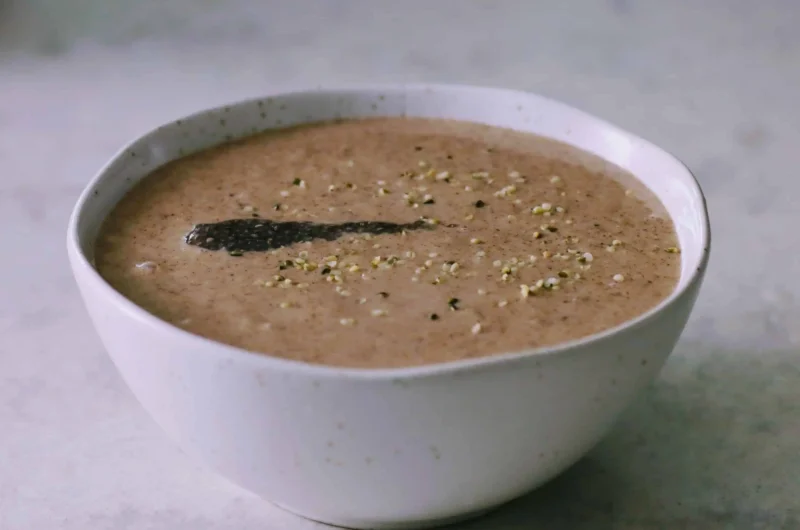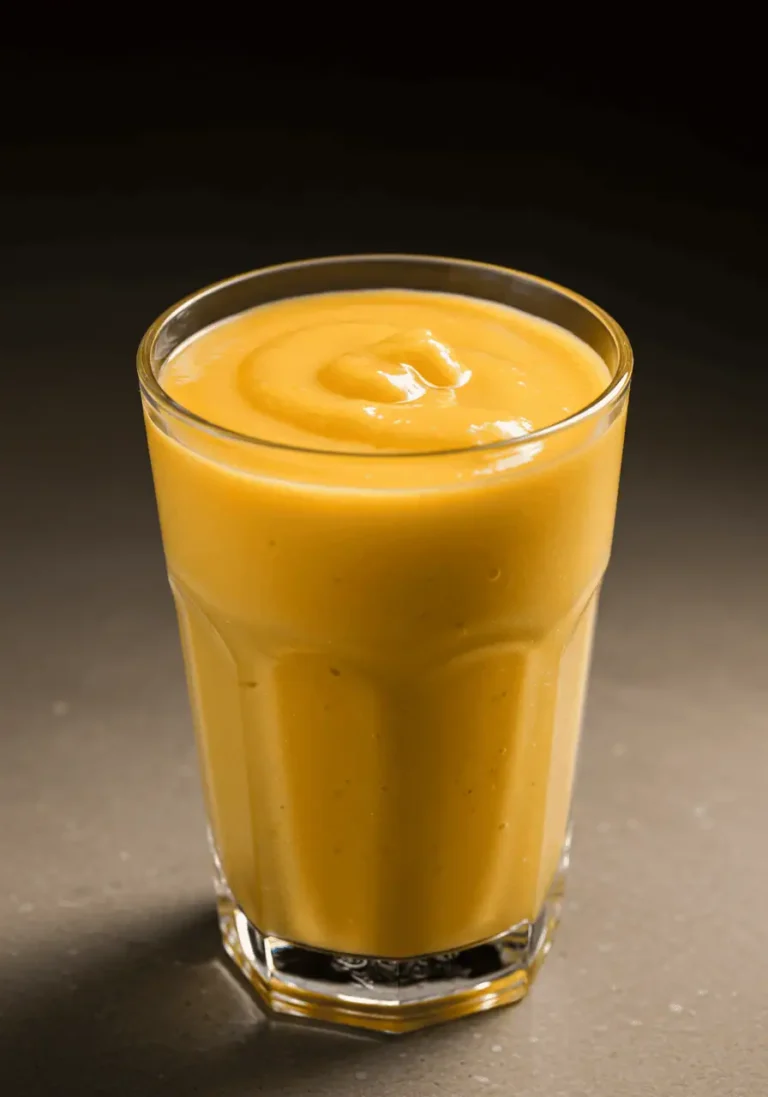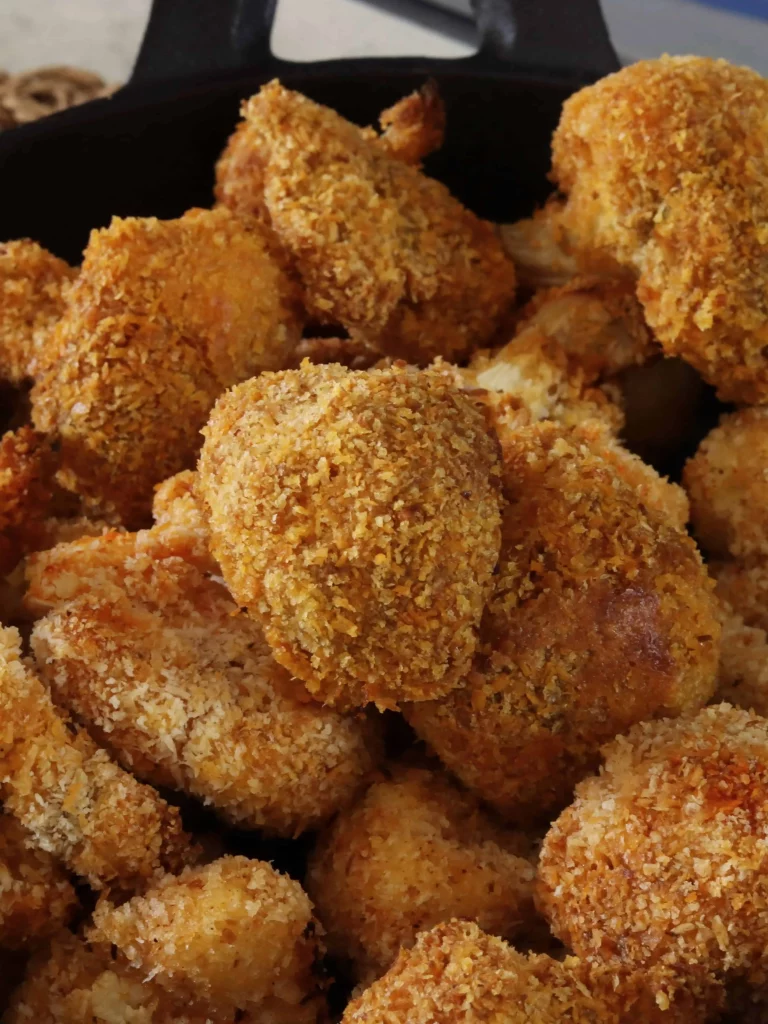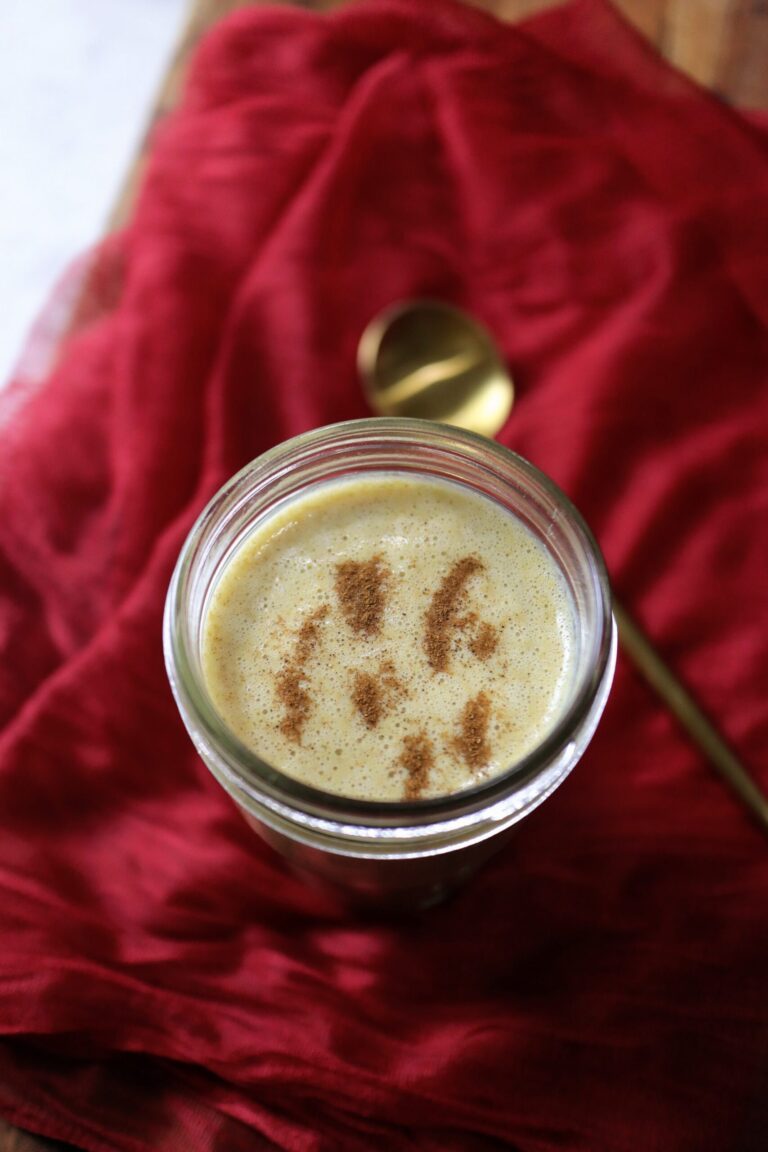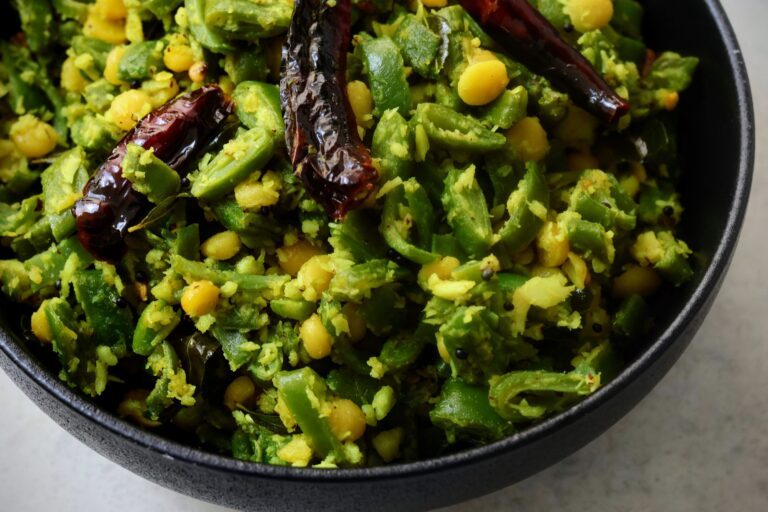Finger Millet Smoothie Bowl (Ragi Porridge)
This Vegan Ragi Smoothie Bowl is your perfect morning fuel! Packed with fiber, plant-based protein, and essential minerals, this gluten-free millet breakfast helps balance blood sugar, supports hormone health, and keeps you feeling full longer.
Whether you’re managing PCOS, looking for a diabetic-friendly millet porridge, or simply aiming to eat more anti-inflammatory Indian recipes, this ragi porridge bowl checks all the boxes. Plus, it’s quick to make and oh-so-delicious.
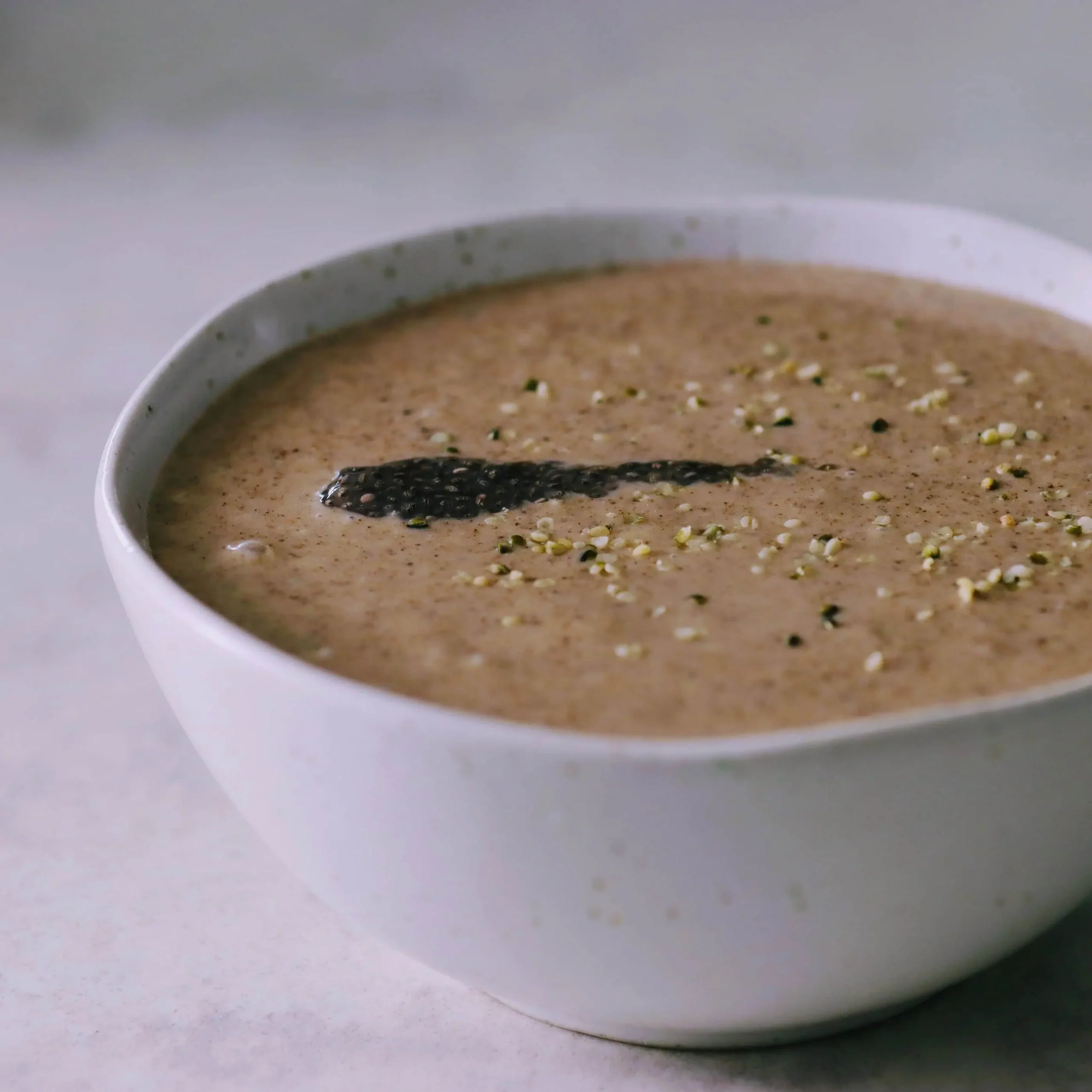
How Healthy is Ragi Porridge?
Ragi, a staple in many parts of Asia and Africa, is a nutritional workhorse. It’s an excellent source of calcium, making it fantastic for bone health, especially for those following a vegan diet. Beyond calcium, ragi is rich in fiber, aiding digestion and keeping you feeling full longer, which can be great for weight management. It also boasts a good amount of iron, essential for healthy blood, and contains beneficial amino acids and antioxidants.
Unlike many smoothie bowls that rely solely on frozen fruits for thickness (which can sometimes lead to a sugar rush and then crash), this recipe incorporates cooked ragi (finger millets), providing a unique creamy texture and sustained energy release. Combined with ripe banana for natural sweetness and creaminess, nutrient-dense nuts and seeds, and a hint of cardamom for warmth, this ragi smoothie bowl is a complete and balanced meal to power you through your morning.
Why You’ll Love This Ragi Smoothie Bowl
- Weight loss millet recipe: Finger millet (ragi) is naturally low in fat and high in fiber, making it a smart choice for anyone on a health journey.
- Dairy-free millet porridge: This version swaps dairy for almond milk, making it suitable for those with lactose intolerance or seeking gluten-free vegan breakfast options.
- Hormone-balancing foods: Ragi is rich in magnesium and calcium, both of which support hormone regulation—great for those managing PCOS.
- Low glycemic index millet recipes for diabetes: Ragi digests slowly, which helps maintain steady blood sugar levels.
Nourishing Ragi Porridge – Recipe Card
In this blog, I’ll show you step-by-step how to cook ragi perfectly to avoid lumps and achieve that ideal creamy base for your smoothie bowl.
Finger Millet Smoothie Bowl ( Ragi Porridge)
Course: Breakfast, Dinner, LunchCuisine: IndianDifficulty: Easy2
servings5
minutes10
minutes15
minutesDiscover a nourishing vegan finger millet smoothie bowl that’s perfect for weight loss, managing PCOS, and supporting blood sugar balance. Gluten-free, dairy-free, and packed with health benefits.
Ingredients
- For Cooking Ragi
½ cup ragi flour (Finger Millet Flour)
¾ cup water (to mix with ragi before cooking)
~2½ cup additional hot water (if needed during cooking)
- For the Smoothie Bowl
1 cup cooked ragi (cooled)
1 ripe banana
6 almonds
4 walnuts
5 cardamom pods (or adjust to taste)
3 dates (pitted – use fewer if you prefer less sweetness)
1 tbsp hemp seeds
2 tbsp chia seeds (soaked beforehand is great, but can add dry)
½ cup almond milk (or any plant-based milk)
Directions
- Cook the Ragi Perfectly:
- Mix ragi flour with ¾ cup water into a smooth paste. Bring 2 cups water to a boil in a pot, then reduce heat to SIMMER before adding the ragi mix. Add the ragi mix SLOWLY while stirring CONSTANTLY to prevent lumps.
- Ragi absorbs water quickly! If it becomes too thick, add additional HOT or boiled water (about ½ cup, or as needed) while stirring. Crucially, use only HOT or lukewarm water – adding cold water will cause lumps!
- Continue to stir as the ragi cooks over low flame for 5-7 minutes, until it reaches a smooth, porridge-like consistency. You’ll see it thicken.
- Once cooked, remove from the heat and let the cooked ragi cool completely before using it in the smoothie.
- Assemble the Smoothie Bowl:
- Add the cooled cooked ragi, ripe banana, seeds from the cardamom pods, almonds, walnuts, dates, hemp seeds, soaked chia seeds, and almond milk to a blender.
- Blend on high speed until all the ingredients are smooth and creamy. If the mixture is too thick, you can add a splash more almond milk until you reach your desired smoothie bowl consistency.
- Serve: Pour into bowls and top with your favourite additions like fresh fruit, nuts, seeds, or granola!
Recipe Video
Notes
- Use coconut milk for a richer taste (ensure it’s a gluten-free coconut milk brand).
- Add a scoop of nut butter or plant-based protein for extra satiety.
- Want a thinner smoothie consistency? Add more almond milk while blending.
Topping Suggestions
- Fresh berries (strawberries, blueberries, raspberries)
- Sliced banana
- Granola (ensure it’s vegan and gluten-free if needed)
- Shredded coconut
- Additional nuts and seeds
- Cacao nibs
- A drizzle of nut butter
More Recipes You May Like
Hemp Orange Superfood Smoothie
Oats Roti (PCOS and Weight Loss-Friendly)
This plant-based millet recipe is a celebration of wholesome Indian ingredients in a modern smoothie bowl format. Whether you call it a vegan finger millet smoothie bowl, ragi smoothie bowl, or millet porridge with almond milk, one thing is for sure—it’s nourishing, comforting, and utterly delicious.
Discover more from The Kitchen Code
Subscribe to get the latest posts sent to your email.


